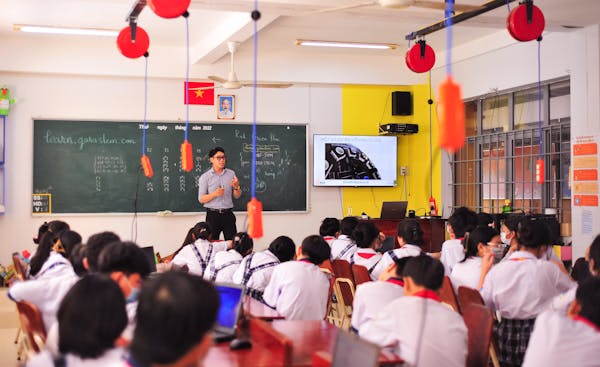Teaching is one of the most noble and impactful professions,
shaping the minds and futures of generations. But how can we teach effectively?
This question is more complex than it appears, as teaching is both an art and a
science, requiring empathy, knowledge, adaptability, and dedication. In this
blog, we'll explore the core principles and strategies that can help anyone
become a better teacher, whether in a classroom, online, or in everyday life.
Understanding the Learner
The first step in effective teaching is understanding the
learner. Each student is unique, with individual strengths, weaknesses,
interests, and learning styles. Some may be visual learners, others auditory or
kinesthetic. To teach effectively, it's crucial to recognize these differences
and adapt your methods accordingly. This means incorporating a variety of
teaching techniques, such as lectures, discussions, hands-on activities, and
multimedia resources.
Building a Positive Learning Environment
Creating a positive learning environment is essential for
student engagement and success. This involves more than just the physical
space; it's about fostering a supportive and inclusive atmosphere where
students feel safe, respected, and motivated. Encourage open communication,
celebrate diversity, and be approachable. Building strong relationships with
your students can significantly enhance their learning experience.
Setting Clear Objectives
Clear objectives provide direction and purpose for both
teachers and students. When students understand what they are expected to learn
and why it matters, they are more likely to stay engaged and motivated. Start
each lesson with a clear outline of the goals and how they will be achieved.
Use a variety of assessments, such as quizzes, projects, and discussions, to
measure progress and provide feedback.
Active Learning
Active learning involves engaging students in the process of
learning through activities and discussions, rather than passively listening to
a lecture. This approach encourages critical thinking, problem-solving, and
collaboration. Techniques such as group work, case studies, simulations, and
debates can make learning more dynamic and meaningful. Encourage students to
ask questions, express their thoughts, and participate actively in their
learning process.
Differentiated Instruction
Differentiated instruction is about tailoring your teaching
methods to meet the diverse needs of your students. This can involve modifying
content, processes, products, and learning environments. For instance, you
might provide advanced materials for gifted students while offering additional
support and resources for those who struggle. Technology can be a valuable tool
in this regard, offering various platforms and resources to accommodate
different learning styles and paces.
Continuous Assessment and Feedback
Regular assessment and constructive feedback are crucial for
effective teaching. Assessments should not only measure students' knowledge but
also provide insights into their understanding and progress. Formative
assessments, such as quizzes and class discussions, can offer immediate
feedback and identify areas needing improvement. Summative assessments, like
exams and projects, evaluate overall learning. Feedback should be specific,
timely, and aimed at guiding students toward improvement.
Professional Development
Effective teaching requires continuous learning and
improvement. Stay updated with the latest educational research, technologies,
and methodologies. Participate in professional development opportunities, such
as workshops, conferences, and online courses. Collaborate with other educators
to share insights and strategies. Reflect on your teaching practices regularly
and be open to feedback from colleagues and students.
Emotional Intelligence
Emotional intelligence is the ability to understand and
manage your own emotions and those of others. In teaching, this means being
aware of students' emotional states and responding with empathy and support.
Building emotional intelligence can help create a positive classroom
atmosphere, reduce stress, and improve student-teacher relationships. Encourage
students to develop their emotional intelligence through activities that
promote self-awareness, empathy, and emotional regulation.
Incorporating Technology
In today’s digital age, integrating technology into teaching
is essential. Technology can enhance learning by providing interactive and
personalized experiences. Utilize tools like educational apps, online
resources, and multimedia presentations to make lessons more engaging and
accessible. However, it's important to balance technology use and ensure it
complements rather than replaces traditional teaching methods.
Conclusion
Teaching is a complex and rewarding endeavor that requires a
blend of knowledge, skills, and personal qualities. By understanding your
students, creating a positive learning environment, setting clear objectives,
employing active learning, differentiating instruction, providing continuous
assessment and feedback, pursuing professional development, fostering emotional
intelligence, and incorporating technology, you can enhance your teaching
effectiveness. Remember, great teaching is not just about imparting knowledge
but also inspiring and empowering students to become lifelong learners.





if you have any doubt please let me know